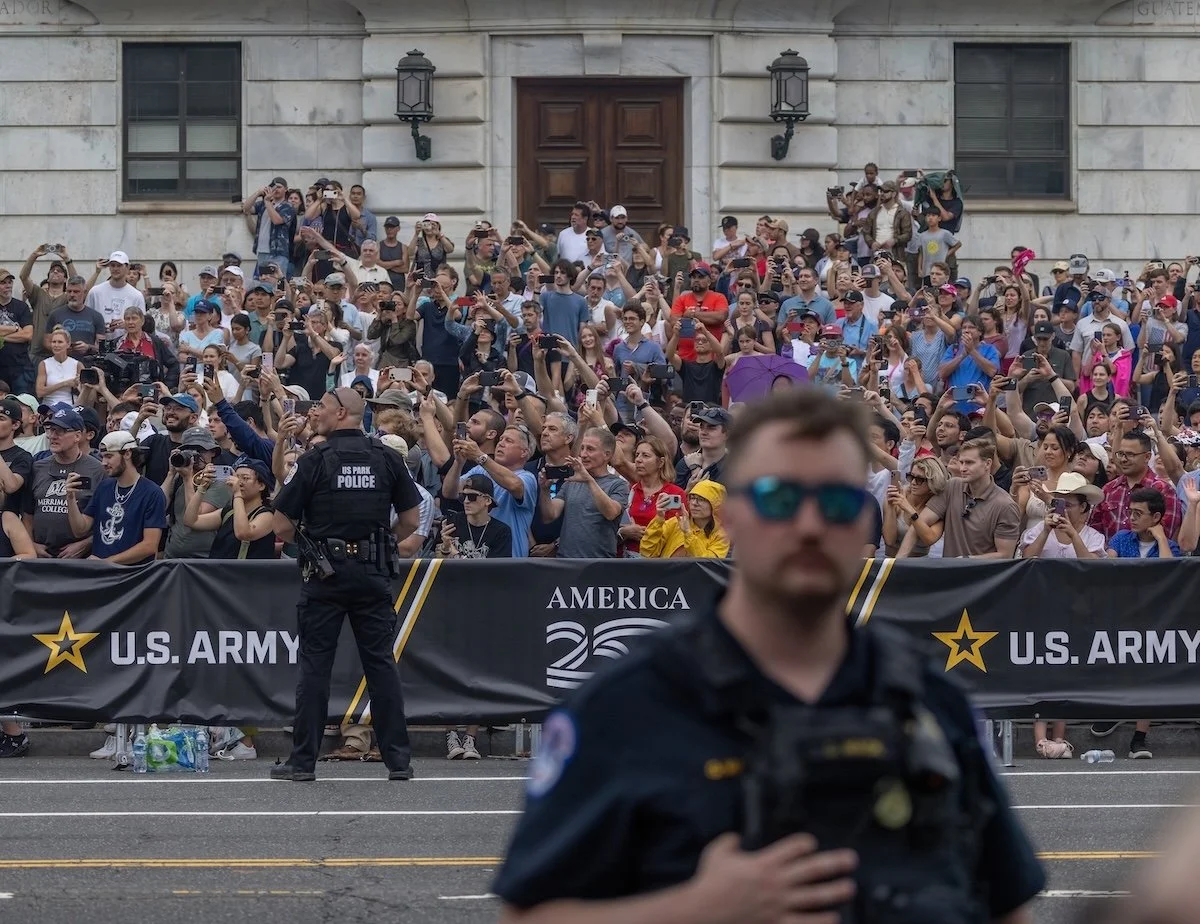Leading Together: Why Unified Command Matters for Large-Scale Events
Jay M. Draisin, Chief Product Officer, LeoSight | Retired Captain, Orlando Police Department
Large-scale events bring excitement and opportunity to a city, but they also test the limits of public safety operations. When tens of thousands of people gather in one place, even routine calls can escalate quickly if communication breaks down or if agencies aren’t aligned.
During my 28 years with the Orlando Police Department, including serving as a Captain and assigned to research, staff, and operate OPD’s Real Time Operations Center from the ground up, I saw how quickly conditions can shift during major events. Whether we were managing entertainment district crowds, coordinating hurricane response, or handling high-profile investigations, one thing was always true: No single agency can manage a complex event alone.
What Unified Command Really Means
Unified command goes beyond merely sharing data… it’s about sharing responsibility.
In Orlando, major events required close coordination between police, fire, emergency management, transportation, and private security partners. Each entity had different priorities and authorities, but all were accountable for public safety.
A strong unified command framework enables teams to:
Align on shared objectives
Communicate quickly and securely
Coordinate personnel and resources without duplication
Make informed decisions with real-time context
When agencies operate as one, they create the clarity needed to keep people safe, even in rapidly changing conditions.
Why Large-Scale Events Demand Unified Command
Crowded nightlife districts, theme-park traffic surges, regional storms, and major investigations all create dynamic environments. In Orlando, we often had more than 100,000 visitors moving through downtown and the tourism corridor on a single weekend.
Events like these required:
360-degree visibility across agencies
Rapid decision-making based on accurate information
Seamless communication between jurisdictions
Real-time collaboration during critical moments
From coordinating hurricane evacuations to managing multi-block disturbances or responding to mass-casualty incidents, unified command consistently proved essential. Fragmented systems slow response. Integrated operations accelerate it.
Technology as an Operational Advantage
When we built OPD’s Real-Time Crime Center, we weren’t just adding technology—we were connecting systems and people in new ways. The biggest gains came from interoperability: video, analytics, license plate recognition, dispatch, and sensors working together.
That experience shapes how we design technology at LeoSight today.
Our unified command platform helps agencies:
Combine live video, ALPR, drones, AVL, sensors, and CAD into one environment
Collaborate with cross-agency teams in real time
Strengthen response workflows during planned events and critical incidents
Maintain CJIS-compliant, encrypted communication
Improve situational awareness for command staff and field units
Technology alone doesn’t solve problems, but technology designed for unified command gives leaders the information and coordination they need when seconds matter.
Lessons from the Field
If there’s one consistent lesson from my career, it’s this: You can’t build coordination in the middle of a crisis.
Unified command is most effective when it becomes part of daily operations. The strongest agencies:
Train and exercise together
Establish communication protocols early
Use interoperable tools that match real-world workflows
Reinforce collaboration long before a major event begins
When those practices are in place, response becomes faster, safer, and far more effective.
The Road Ahead
As the country prepares for major upcoming events, national celebrations, political conventions, and global sporting events, the need for unified command will only grow.
Agencies that invest in:
Interoperable technologies
Joint planning and training
Real-time data sharing
Cross-discipline collaboration
will be the ones best positioned to protect their communities.
At LeoSight, our mission is to support those agencies with technology built for the realities of modern public safety: bringing clarity, coordination, and confidence to even the most complex events.
For more information on LeoSight, please contact us at info@leosight.com or here.

